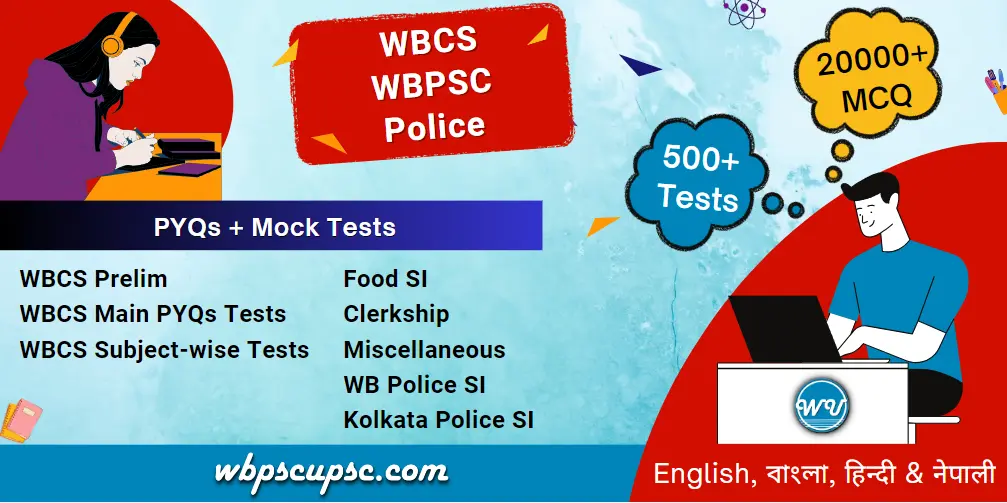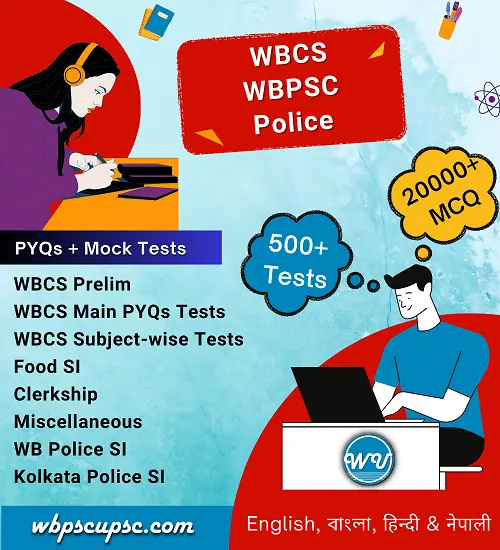March 23, 2019
Motions in Parliament of India
Contents
Motions in Parliament of India
- Discussion on a matter of public importance need a motion in Parliament of India.
- It can be made with the consent of the presiding officer.
- The House expresses its decisions through the adoption or rejection of motions.
- Motions can be moved by ministers or private members.

Substantive Motion
- It is a self-contained independent proposal.
- It can be used for impeachment of the President or removal of Chief Election Commissioner or so on.
Motions in Parliament of India
Substitute Motion
- It is a motion that is moved in substitution of an original motion.
- If substitute motion is adopted by the House, it supersedes the original motion.
Subsidiary Motion
- It cannot state the decision of the House without reference to the original motion
- Subsidiary motion has 3 subcategories
- Ancillary Motion – It is used as the regular way of proceeding with various kinds of business.
- Superseding Motion – It is moved in the course of debate on another issue and seeks to supersede that issue.
- Amendment – It seeks to modify or substitute only a part of the original motion.
Closure Motion
- Closure motion moved by a member to cut short the debate.
- If it is approved by the House, debate is stopped and the matter is put to vote.
- There are 4 kinds of closure motions
Simple Closure
- Member moves simple closure when the matter has been sufficiently discussed, to put to vote.
Closure by Compartments
- Clauses of a bill or a lengthy resolution are grouped into parts.
- The debate covers the part as a whole and the entire part is put to vote.
Kangaroo Closure
- Only important clauses are taken up for debate and voting.
- Other intervening clauses are skipped.
Guillotine Closure
- Undiscussed clauses of a bill or a resolution are also put to vote along with the discussed ones.
- It can be done as the time allotted for the discussion is over
Privilege Motion
- A member can move it against other member for a breach of privilege of the House.
- Privilege motion is punishable under law of Parliament.
- Speaker/RS chairperson is the first level of scrutiny of a privilege motion.
- Speaker nominates a committee of privileges.
- It consists of 15 members of Lok Sabha and prepare a report .
- In Rajya Sabha, the deputy chairperson heads the committee of privileges
- It consists of 10 members of Rajya Sabha.
Calling Attention Motion
- It can move by a member to call the attention of a minister to a matter of urgent public importance
- This motion seek an authoritative statement from a minister.
- It is an Indian innovation in the parliamentary procedure.
- Calling attention motion was introduced in 1954.
motions in parliament of india
Adjournment Motion
- It is introduced in the Parliament to draw attention of urgent public importance.
- It needs the support of 50 members to be admitted.
- As it interrupts the normal business of the House, it is regarded as an extraordinary device.
- It involves an element of censure against the government
- Rajya Sabha is not permitted to make use of this device.
- The discussion on an adjournment motion should last for not less than two hours and thirty minutes.
- It should not cover more than one matter
- It should be restricted to a specific matter of recent occurrence
- Adjournment motion should not raise a question of privilege
- It should not revive discussion on a matter that has been discussed in the same session
- This motion should not deal with any matter that is under adjudication by court
- It should not raise any question that can be raised on a distinct motion
Censure Motion
- It can be brought against the ruling government or against any minister for the failure to act of their policy.
- It can be moved only in Lok Sabha only by the opposition.
- A censure motion must specify the charges against the government
- If a censure motion is passed in the Lok Sabha, the Council of ministers is bound to seek the confidence of the Lok Sabha as early as possible.
No Confidence Motion
- If it is passed in the Lok Sabha, the council of ministers must resign from office
- It’s against all the council of ministers or government
- The motion needs the support of 50 members to be admitted.
- No prior reason needs to be stated for its adoption in the Lok Sabha
- Rajya Sabha can’t move no-confidence motion against the Government
- There is no mention of a no-confidence motion in the constitution
- Rule 198 of the Rules of Procedure and Conduct of Business in Lok Sabha, empowers members of lok sabha to doing so.
- During the third Lok Sabha in 1963, first one was moved by Acharya J B Kripalani against the government headed by Prime Minister Jawaharlal Nehru.
- First successful no-confidence motion was moved by Y B Chavan in 1979 against the government of Prime Minister Morarji Desai.
motions in parliament of india
Motion of Thanks
- The 1st session after each general election and the 1st session of every fiscal year is addressed by the president.
- In this address, the president outlines the policies and programmes of the government
- It called ‘Motion of Thanks’.
- At the end of the discussion, the motion is put to vote.
- This motion must be passed in the House. Otherwise, it amounts to the defeat of the government.
No-Day-Yet-Named Motion
- It is a motion that has been admitted by the Speaker but no date has been fixed for its discussion.
- The Speaker, after consultation with the leader of the House or on the recommendation of the Business Advisory Committee, allots days or part of a day for the discussion
motions in parliament of india
Resolutions
- The members can move resolutions to draw the attention of the House or the govt. to matters of public interest.
- A member who has moved a resolution cannot withdraw it except by leave of the House.
- All resolutions come in the category of substantive motions, that is to say, every resolution is a particular type of motion.
- All motions are not necessarily put to vote but all the resolutions are required to be voted
- Resolutions are classified into three categories:
Private Member’s Resolution
- It is one that is moved by a private member
- It is discussed only on alternate Fridays and in the afternoon sitting.
Government Resolution
- It is one that is moved by a minister.
- It can be taken up any day from Monday to Thursday.
motions in parliament of india
Statutory Resolution
- It can be moved by any member
- It is always tabled in pursuance of a provision in the Constitution or an Act of Parliament.


